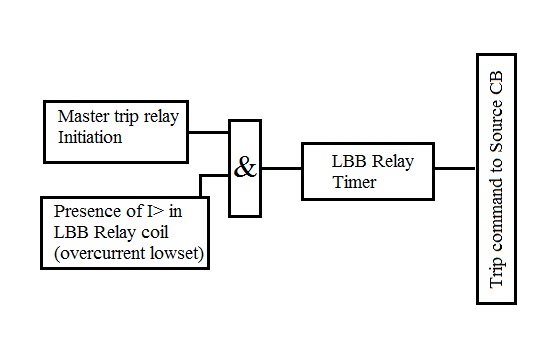Protection Schemes
Hi there, did you ever thought of a backup for your protection from threats ?
you may didn't need one,but in the case of power system its a necessity especially when you are handling with heavy equipments.Also its a good practice in the industrial view point.
Well, lets dig into it
The major protection schemes are as follows(There are many other schemes also for different functions,now stay with basics )
1.Overcurrent Protection(O/C)
With the over current protection we could interrupt the current flowing through the line as it is greater than the preset value.
3 O/C Protection connection diagram
here we connected one terminal of ct in star directly and other through the relay(shown as O/L). As there is a rise in the current occurs relay detects it sends trip signal to circuit breaker , resulting in isolation of faulty part .
2. Earth Fault Protection(E/F)
Suppose there is a contact with a phase and earth there would be drop in current to the load and tends to heavy other faults, and we cant allow that so it has to be found out and removed. for that we are using the idea of current balancing.In a balanced (Ir+Iy+Ib=0 [vector sum]) load condition the neutral current will be zero(ideally).
As there is a contact between phase and ground there will be a current in the neutral of source to complete the loop which could be easily monitored by a relay and generate trip signal to circuit breaker.
3. Differential Protection
How do we find internal faults in a transformer,buses,lines ? Well thats a quite disturbing as we use over current or any other for this purpose.Looking back to our basics may help in this ,The KCL (Kirchoffs Current Law states that sum of currents entering to a junction will be equal to the sum of currents leaving the junction ). By letting make the transformer or bus analogous to a junction in which current enters and leaves we could tackle the problem by taking the currents from both side and comparing it. ie. if the sum is zero there is no internal faults but if there is some currents in the vector sum we could assure that there is some internal faults in the transformer(winding), line to ground faults in buses and lines mostly.
Basic diagram of Differential Protection
In the case of transmission lines we could use differential protection as shown in the diagram below. But there is a problem of bringing the sum of currents from one side to other,as line is delivering power to large length its not feasible to use the pilot wire scheme.
Basic diagram showing the Differential Protection of Transmission line with pilot wires
4. Distance Protection
In an Electrical Power Transmission system how do we detects the faults precisely,quick to avoid its modification into more severe one ? Differential Protection!, oh not really cause we don't want to introduce pilot wires into scene /
By analyzing the pre-fault and post-fault conditions its clear that the fault impedance varies from a design value to a low one, yes that's the key for distance protection.We could start with the advantages of distance protection over others
1.Fault
coverage independent
of Source Impedance
2.Fast in operation
3.Unit
protection with communication
Channel
4.Suitable for high speed auto reclosing
5.Can
detect Power Swings & Load Encroachment
As the impedance of a transmission line is proportional to its length, for distance measurement it is appropriate to use a relay capable of measuring the impedance of a line up to a predetermined point (the reach point). Such a relay is described as a distance relay and is designed to operate only for faults occurring between the relay location and the selected reach point,thus giving discrimination for faults that may occur in different line sections.
The basic principle of distance protection involves the division of the voltage at the relaying point by the measured current. The apparent impedance so calculated is compared with the reach point impedance.If the measured impedance is less than the reach point impedance, it is assumed that a fault exists on the line between the relay and the reach point
Diagram showing the zone protection of feeder






Comments
Post a Comment